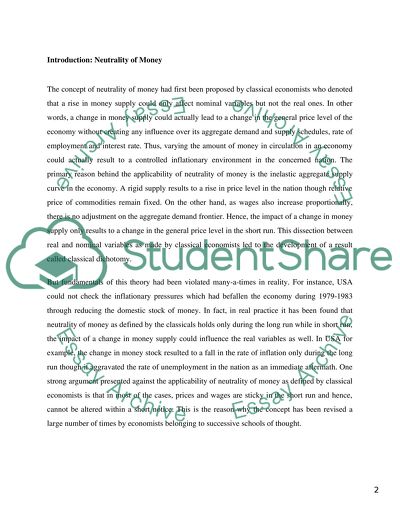Cite this document
(“Neutrality of Money Concept in Macroeconomics Essay”, n.d.)
Retrieved from https://studentshare.org/macro-microeconomics/1409183-neutrality-of-money-concept-in-macroeconomics
Retrieved from https://studentshare.org/macro-microeconomics/1409183-neutrality-of-money-concept-in-macroeconomics
(Neutrality of Money Concept in Macroeconomics Essay)
https://studentshare.org/macro-microeconomics/1409183-neutrality-of-money-concept-in-macroeconomics.
https://studentshare.org/macro-microeconomics/1409183-neutrality-of-money-concept-in-macroeconomics.
“Neutrality of Money Concept in Macroeconomics Essay”, n.d. https://studentshare.org/macro-microeconomics/1409183-neutrality-of-money-concept-in-macroeconomics.


